5 Benefits of Chimney Caps: Essential Protection for Your Home
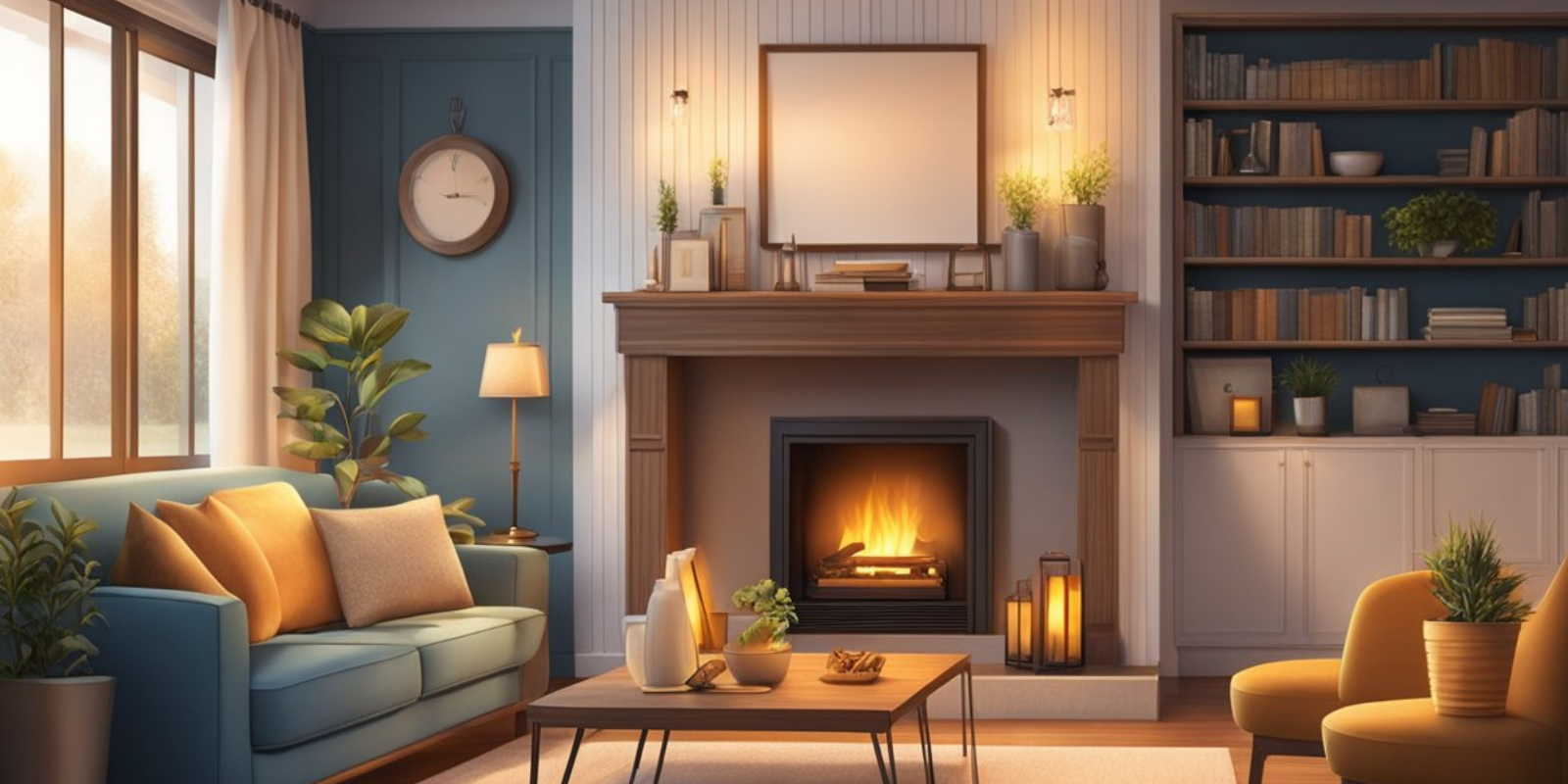
Introduction
Chimney caps, often overlooked, serve as an essential accessory for any chimney, conferring numerous benefits that go beyond mere aesthetics. These protective coverings are cleverly designed to fit on top of your chimney flue, effectively shielding it from a variety of environmental factors. With functionality at the forefront, an appropriately fitted chimney cap is an investment that safeguards your home’s comfort and integrity.
The array of advantages presented by chimney caps is impressive, encompassing aspects such as wildlife exclusion and improved heating efficiency. They stand as the first line of defense against the intrusive natural elements, preventing rainwater and debris accumulation within the chimney, which could lead to costly repairs. Moreover, chimney caps play a significant role in preventing birds and small animals from nesting in the chimney, a common issue that not only causes blockages but can also introduce unwanted odors and noise. Additionally, they are instrumental in enhancing the overall efficiency of a fireplace by reducing downdrafts, which can interfere with the proper venting of smoke and potentially lead to smoke billowing back into the home.
Key Takeaways
- Chimney caps protect chimneys from environmental damage and costly repairs.
- They prevent animals from nesting in chimneys, reducing blockages and odors.
- Properly installed caps enhance fireplace efficiency by minimizing downdrafts.
Understanding Chimney Caps

Chimney caps are crucial accessories for maintaining the functionality and safety of chimneys. They serve to protect against environmental elements and obstructive animals. Exploring the different types and materials of chimney caps can help homeowners make informed decisions tailored to their specific needs.
Types of Chimany Caps
Different styles of chimney caps exist to fit various chimney designs and purposes. The most common types of chimney caps include:
- Single-flue caps, which attach directly to the flue and are ideal for chimneys with a single outlet.
- Multi-flue caps offer a larger coverage area suitable for multiple flues in one chimney structure.
- Custom caps, designed to cater to unique chimney specifications and homeowner preferences.
- Top-mount or cap dampers, which act as both a cap and a mechanism to seal the flue shut when the fireplace is not in use.
Each type provides different levels of protection, with various mesh sizes that prevent animals and debris from entering the chimney while allowing smoke and gases to escape.
Components and Materials
Chimney caps are comprised of a cover, usually a lid or hood, which deflects rain and moisture away from the chimney. Alongside this cover, a mesh barrier is commonly part of the cap, designed to keep out critters and block larger ash or embers.
As for materials, chimney caps come in:
- Stainless steel: Durable and resistant to rust, offering long-lasting protection.
- Copper: Aesthetically pleasing with a natural patina over time, and very durable.
- Galvanized steel: A more economical option, but prone to rust over time.
- Aluminum: Lightweight and rust-resistant, suitable for areas with less severe weather conditions.
Each material provides different advantages, whether it’s the longevity and rust resistance of stainless steel or the visual appeal of copper. The choice often depends on the local climate, the homeowner’s style preference, and budget considerations.
Protection Against Weather Elements
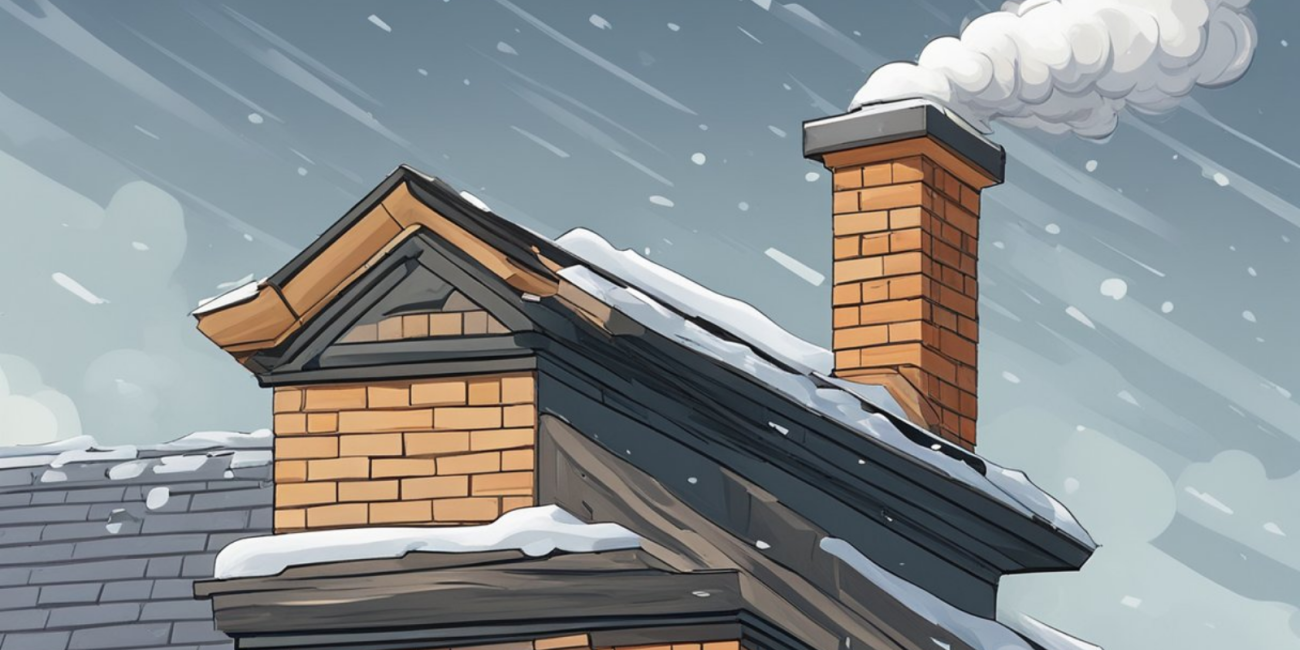
Chimney caps serve as a first line of defense against the harshness of nature, effectively protecting the chimney from rain, snow, ice, and other weather elements that can cause water damage and deterioration.
Preventing Water Damage
Rain is one of the primary concerns for chimney structures. A properly installed chimney cap acts as an umbrella, keeping rainwater from entering the flue and potentially damaging the chimney liner and dampers. Water exposure can lead to rust in metal components and deterioration in masonry, which can result in costly repairs. By keeping moisture out, chimney caps prolong the integrity of the chimney’s structure.
Shielding from Snow and Ice
Snow and ice can be particularly damaging as they accumulate on the chimney crown and lead to freezing and thawing cycles. These cycles put pressure on the chimney materials, leading to cracks and wear over time. A chimney cap provides a barrier that helps mitigate the accumulation of snow and ice directly on the chimney’s crown and roof, preserving their condition and preventing potential leakage into the home.
Wildlife and Debris Control
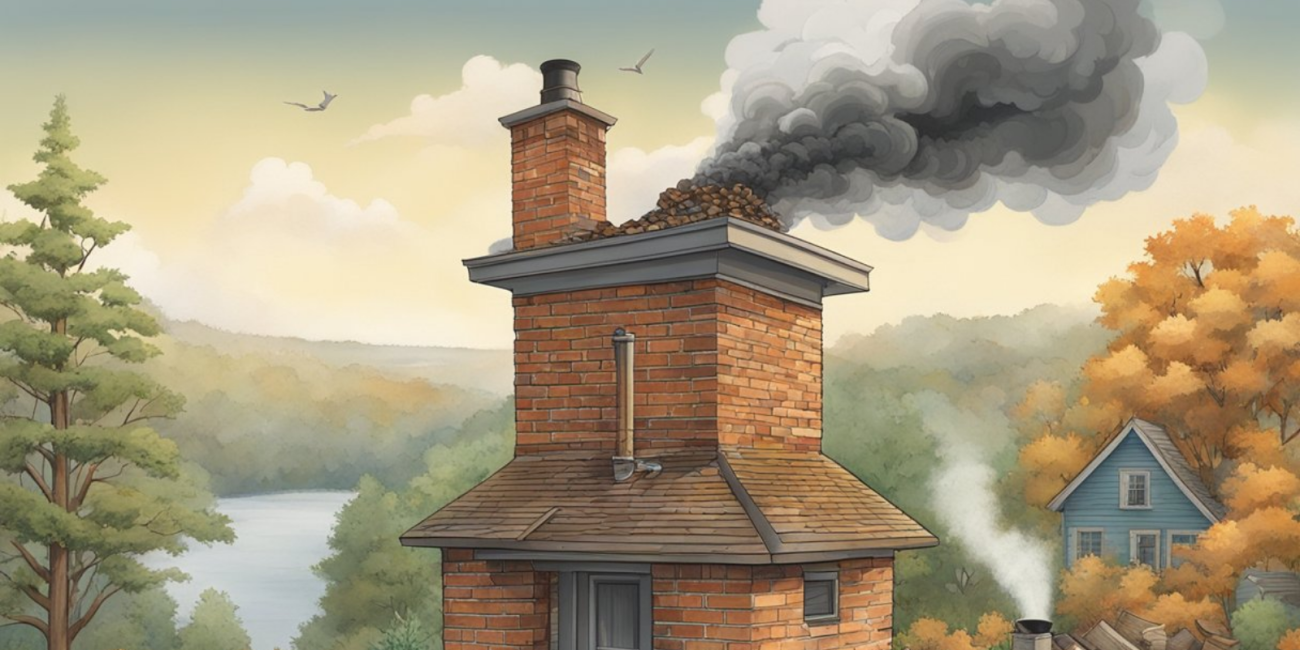
Chimney caps serve critical roles in maintaining a clean and safe home chimney system. They have been specifically designed to tackle two prevalent issues—preventing animals and debris from entering the chimney flue.
Keeping Animals Out
Chimney caps act as a barrier against various animals, including birds, squirrels, and raccoons, that may find a chimney a compelling place to nest. The presence of small animals or unwanted guests in a chimney can lead to blockages and pose fire hazards. A chimney cap equipped with a mesh screen is a reliable solution, as it creates a physical guard without obstructing the flow of smoke and vapors.
Preventing Debris Accumulation
In addition to wildlife exclusion, chimney caps are crucial for keeping out various forms of debris like leaves and branches. Without a cap, such materials can clog the chimney flue, impacting airflow and potentially leading to dangerous creosote buildup. Well-designed chimney caps can significantly reduce the risk of clogging, promoting better fire safety and operational efficiency.
Improving Fireplace Functionality
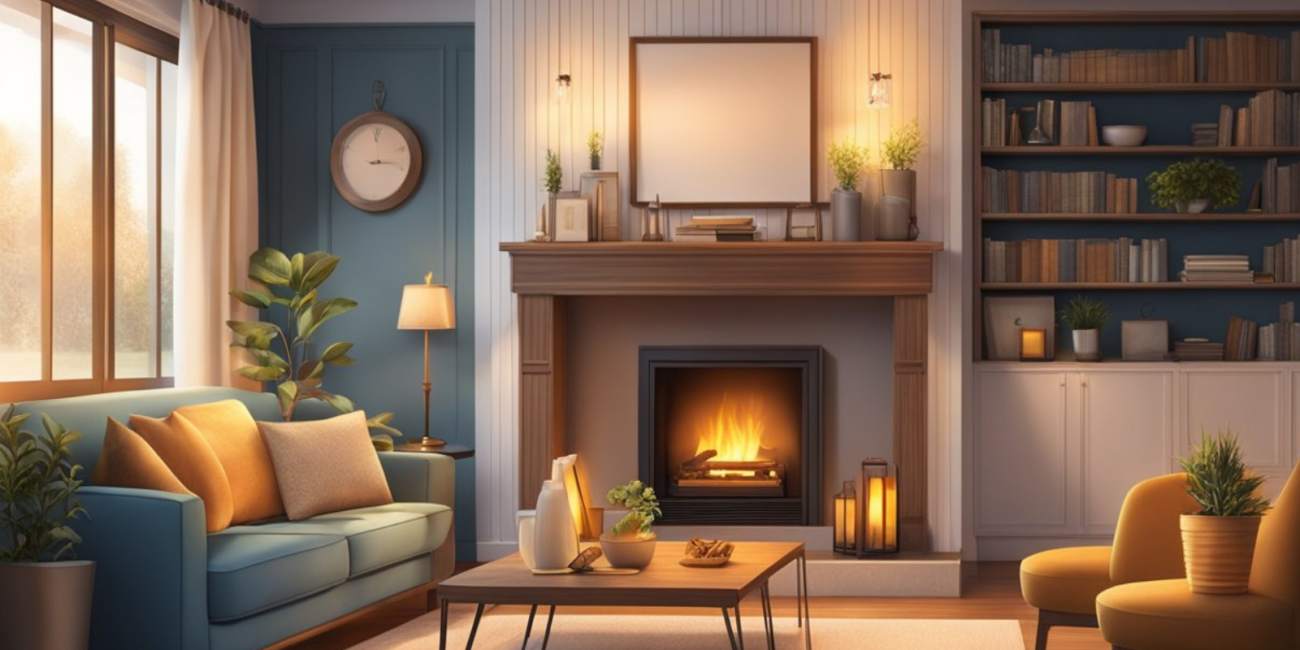
Chimney caps contribute substantially to the efficient operation of a fireplace by optimizing the airflow and minimizing external disruptions.
Enhancing Drafting Efficiency
The presence of a chimney cap can significantly improve drafting efficiency of a fireplace. It helps to maintain a steady airflow, which is essential for the correct functioning of the fireplace. When air flows smoothly up the chimney flue, it carries the smoke away from the fireplace, preventing smoke from billowing back into the room. Moreover, it allows sufficient oxygen to reach the fire, ensuring that it burns cleanly and efficiently.
Reducing Fire Hazards
Chimney caps also play a crucial role in reducing fire hazards. They serve as a barrier to prevent embers or sparks from escaping the chimney and landing on the roof or other combustible materials nearby, which could lead to a fire. Furthermore, chimney caps can prevent the accumulation of creosote, a flammable substance that builds up inside the chimney from burning wood, thereby mitigating the risk of chimney fires. They also protect the chimney from external elements, like downdrafts, that could disrupt the fire or cause it to burn improperly.
Maintenance and Aesthetic Value
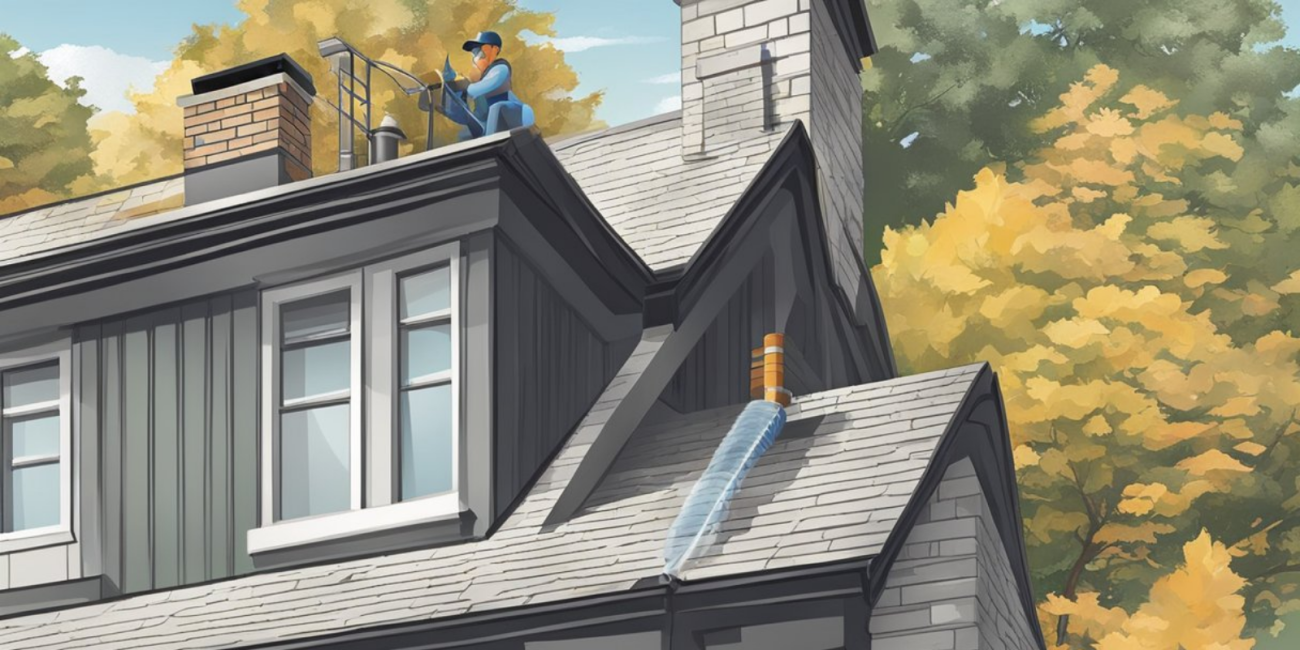
When considering chimney caps, homeowners should note the dual benefits these fixtures offer: streamlined maintenance and enhanced curb appeal. Below, the specific advantages in these areas are detailed, underscoring their importance in both practical and visual domains.
Ease of Inspection and Cleaning
Routine maintenance of a chimney cap is made easier due to its accessibility. Homeowners can often inspect for debris or damage and clean the cap without requiring professional help. However, when it comes to masonry or signs of rust stains, consulting a professional can ensure that repairs are carried out properly and the chimney functions safely.
Contributing to Home Aesthetics
A well-chosen chimney cap can significantly enhance the curb appeal of a home. These caps come in various styles that can complement the architecture and roofline. They also protect against weathering, which can help prevent unsightly stains and deterioration of the chimney’s masonry. For homeowners, the aesthetic boost is as valuable as the protective qualities of the chimney cap.
Cost-Effectiveness and Safety
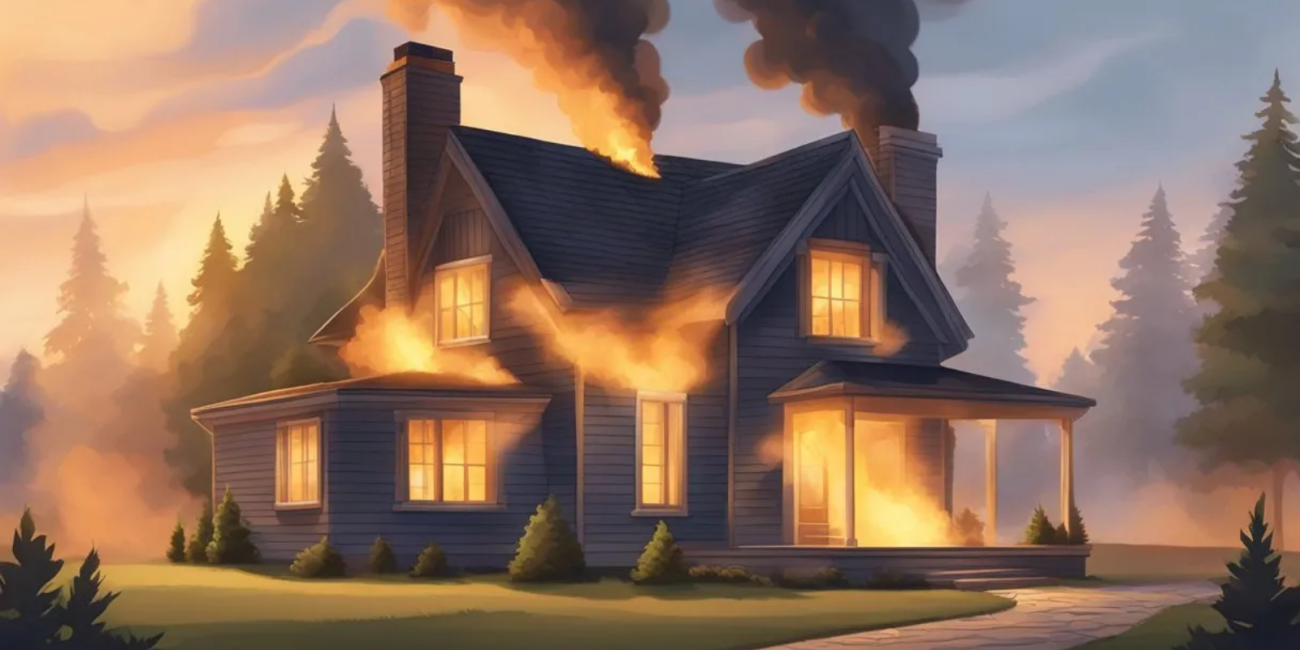
Chimney caps contribute significantly to the cost-effectiveness and safety of home maintenance. They are designed to prevent several issues that could lead to high energy bills and dangerous situations, ensuring long-term savings and enhanced protection against potential hazards.
Long-Term Savings
Investing in a chimney cap can result in considerable long-term savings. By keeping out moisture and debris, chimney caps extend the lifespan of the chimney, avoiding costly repairs from water damage and blockages. Moreover, they prevent animals from nesting, which can produce foul odors and obstruct airflow. Adequate air circulation is critical for an efficient fire; without it, more fuel is required, increasing energy bills.
Preventing Chimney Fires and Dangers
Chimney caps play a crucial role in preventing potential dangers to a household. They reduce the risk of chimney fires by keeping out flammable debris that could ignite when the chimney is in use. Additionally, the risk of carbon monoxide buildup is mitigated, as chimney caps facilitate proper ventilation, preventing backdrafts that could push dangerous gasses back into the home. This enhanced airflow contributes to the safety of residents by reducing potential fire hazards and exposure to carbon monoxide.
Frequently Asked Questions
Chimney caps serve multiple functions, from improving home safety to enhancing fireplace performance. Each subsection addresses common inquiries homeowners have about the advantages of installing a chimney cap.
Can installing a chimney cap improve fireplace efficiency?
A chimney cap can indeed increase fireplace efficiency by preventing downdrafts, which can cause smoke to enter the home rather than exiting through the chimney. Properly designed caps create a more stable draft, aiding in optimal fireplace operation.
How does a chimney cap protect against weather-related damage?
Chimney caps are vital for shielding chimneys from rain, snow, and hail, which can lead to water damage inside the chimney. Water ingress can deteriorate the chimney structure and liner over time, so a cap acts as a protective barrier.
What role does a chimney cap play in preventing animal entry?
Chimney caps with mesh siding are effective at preventing animals such as birds, squirrels, and raccoons from entering the chimney and potentially nesting or causing blockages, which can be a safety hazard.
Are there any maintenance considerations associated with chimney caps?
Maintenance of chimney caps is fairly straightforward but essential. Homeowners should inspect their chimney caps at least annually for debris buildup and physical damage to ensure they remain functional.
In what ways can a chimney cap contribute to spark arrest?
Chimney caps can function as spark arrestors, catching and containing hot embers that may rise from the fireplace. This helps prevent potential fires from igniting on the roof or nearby flammable materials.
What are the structural integrity benefits of adding a chimney cap?
Installing a chimney cap also contributes to the structural integrity of the chimney by protecting the crown and preventing the masonry from weathering. This can extend the lifespan of the chimney structure.

 We Ship Anywhere USA & Canada
We Ship Anywhere USA & Canada
